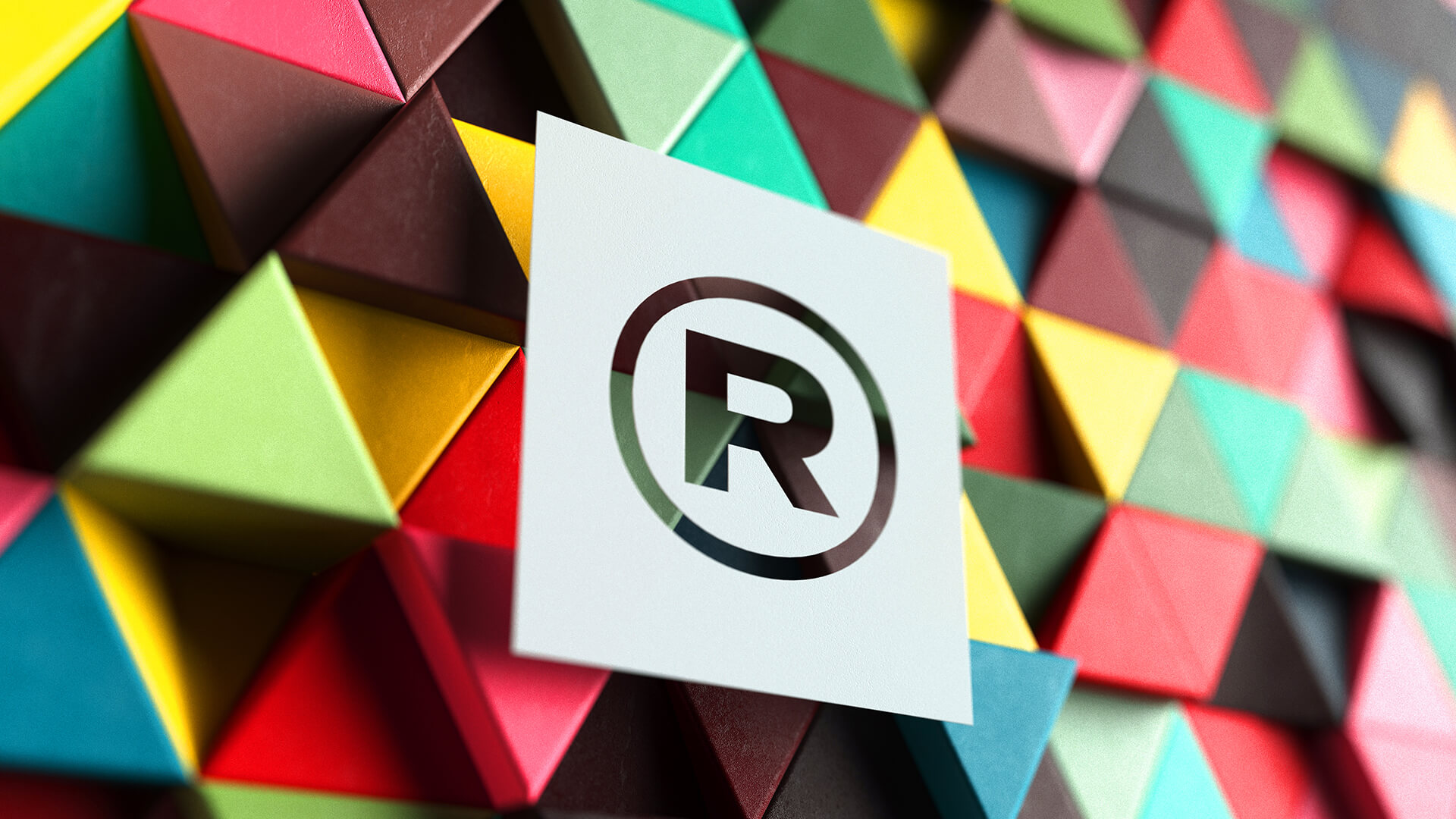Share This Article
How to register a trademark: peculiarities of the procedure
A trademark is a useful tool for business. It provides an opportunity to protect yourself from counterfeit products and thereby preserve the reputation of the brand on the market. In addition, thanks to the trademark, the consumer will be able to identify the company’s product and distinguish it from competitors. At the same time, such a symbol is one of the steps for future development, when the time comes to expand the business through a franchise or the sale of a license.
A trademark belongs to the category of intellectual property because its creation involves creative action. Accordingly, it must obtain an official certificate from a special body that registers and issues patents.
In order for a mark to be recognized as unique, it must have certain characteristics:
- have no elements of official symbolism or borrowed names or images;
- be legible and exclude any combination of letters that do not carry a verbal meaning;
- not contain pre-existing signs;
- not contradict generally accepted rules.
The patent office examines the copy for compliance with the listed features, the presence of plagiarism, and at the end of the procedure issues a document confirming its authenticity. The certificate also means that all rights to use the mark belong to a certain company.

A trademark can be viewed in terms of a business asset. Its value is considered in assessing a company’s value, and if there is a franchise, it also generates profits. That said, a trademark is not limited solely to a letter symbol or images. It can also be a certain combination of colors, a melody, or a set of sounds, such as in a distinctive iPhone or Nokia ringtone. The sign can consist of graphic elements with or without words, tactile objects, or a variety of combinations.
A trademark is identical in its characteristics to a trademark, and in many countries, they are used equally. However, a number of states distinguish only a trademark as an object for registration.
Companies, especially at the beginning of their activities, quite rarely think about the registration of their symbol, but it is not quite the right strategy. A trademark allows to control the quality of products, take responsibility for its consumers, and keep their trust. Thus it is possible to minimize the risks of counterfeit goods, especially those imported from abroad. Registration implies that in the territory of the country the mark is protected by law from unlawful use.
An unregistered trademark can be used as long as it is not against the law. However, there is always the risk that other companies may sue or produce products under an identical symbol. The use of someone else’s mark entails legal action with confiscation of goods and damages.

